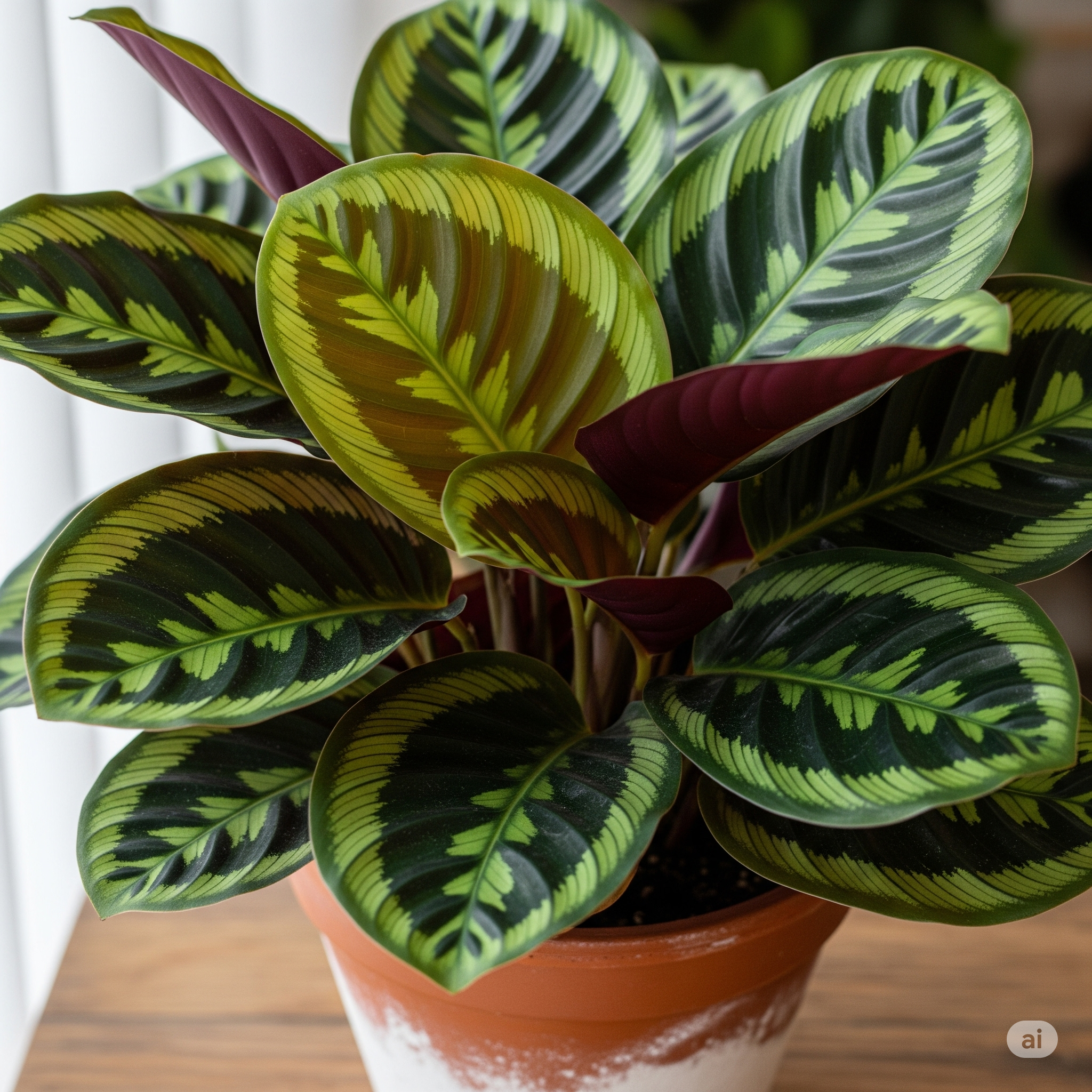Some links on this Website are affiliate links, meaning we may earn a commission if you make a purchase, at no additional cost to you. Please read our full Affiliate Disclosure for more details.
Indoor air often carries hidden pollutants such as formaldehyde from furniture, benzene from cleaning products, and trichloroethylene from paints. These toxins may cause allergies, respiratory discomfort, and fatigue. Luckily, air-purifying plants offer a natural and affordable solution.
They don’t just clean the air; they also add greenery that reduces stress and boosts productivity. According to NASA’s Clean Air Study, certain houseplants are especially effective at filtering harmful toxins, making them must-haves for any indoor space.
If you’re ready to bring freshness indoors, here are the 20 best air-purifying plants to keep your home healthier and more vibrant.
Best Air-Purifying Plants for a Healthier Home
1. Snake Plant (Sansevieria trifasciata)
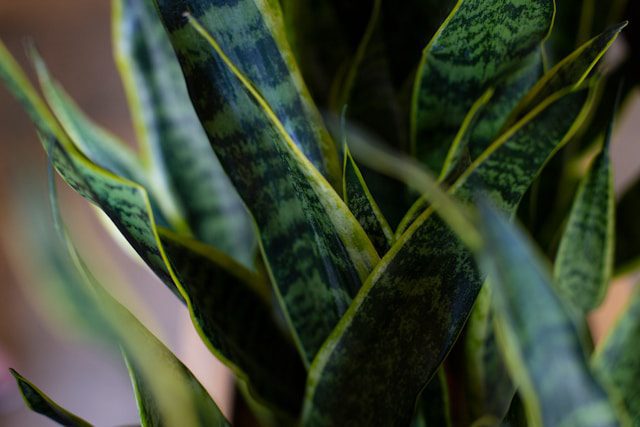
Often called Mother-in-Law’s Tongue, the Snake Plant is one of the easiest indoor plants that clean air. It requires little light and minimal watering, making it nearly indestructible. What makes it unique is that it continues releasing oxygen at night, unlike most plants. This makes it one of the best bedroom air-purifying plants for better sleep.
7 Easy Tips To Care For Snake Plants
2. Spider Plant (Chlorophytum comosum)
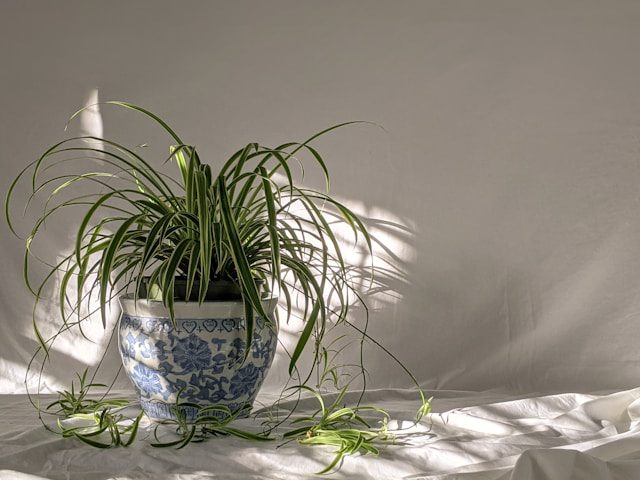
Spider Plants are perfect for beginners and thrive in indirect sunlight. They’re known to absorb carbon monoxide and xylene effectively. The plant produces small offshoots, often called “spiderettes,” which can be repotted to grow new plants. This makes them a fantastic choice for people looking for low-maintenance plants for clean air.
Growing Spider Plant Babies in Water
3. Peace Lily (Spathiphyllum wallisii)
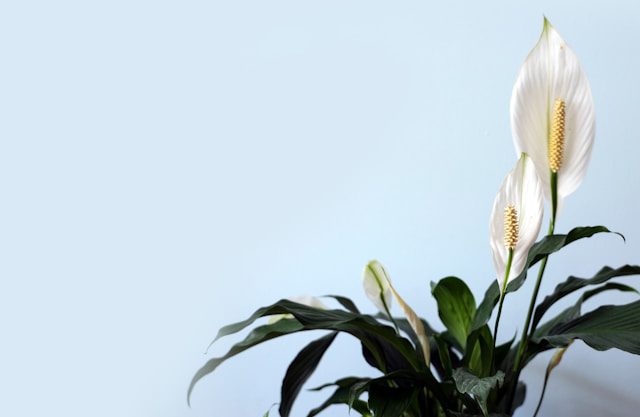
The Peace Lily is famous for its elegant white flowers and glossy leaves. It’s particularly good at removing mold spores, benzene, and formaldehyde. If you’re looking for plants that reduce indoor air pollution, this one tops the list. Plus, it can improve humidity levels, which helps soothe dry skin and sinuses.
How To Care For Domino Peace Lily.
4. Aloe Vera
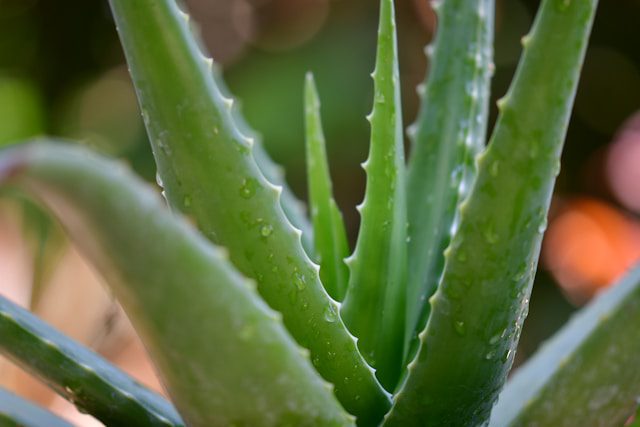
Besides being a natural healer for burns and cuts, Aloe Vera is also one of the most effective air filter plants. It targets formaldehyde and benzene commonly found in paints and household cleaners. Place it on a sunny windowsill, and it will thrive while detoxifying your home.
5. Boston Fern (Nephrolepis exaltata)
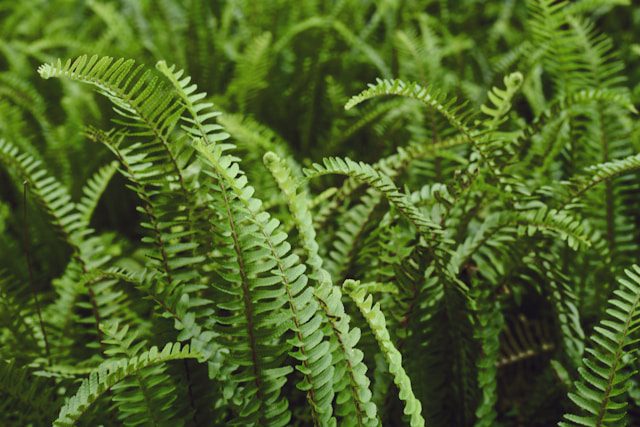
Boston Ferns are lush and attractive, but they also act as natural humidifiers. They excel at removing formaldehyde and xylene. Since they prefer cooler rooms with high humidity, they’re perfect for kitchens or bathrooms. They are among the most recommended houseplants that purify the air naturally.
How To Care For Basil Plant Indoors
6. Bamboo Palm (Chamaedorea seifrizii)
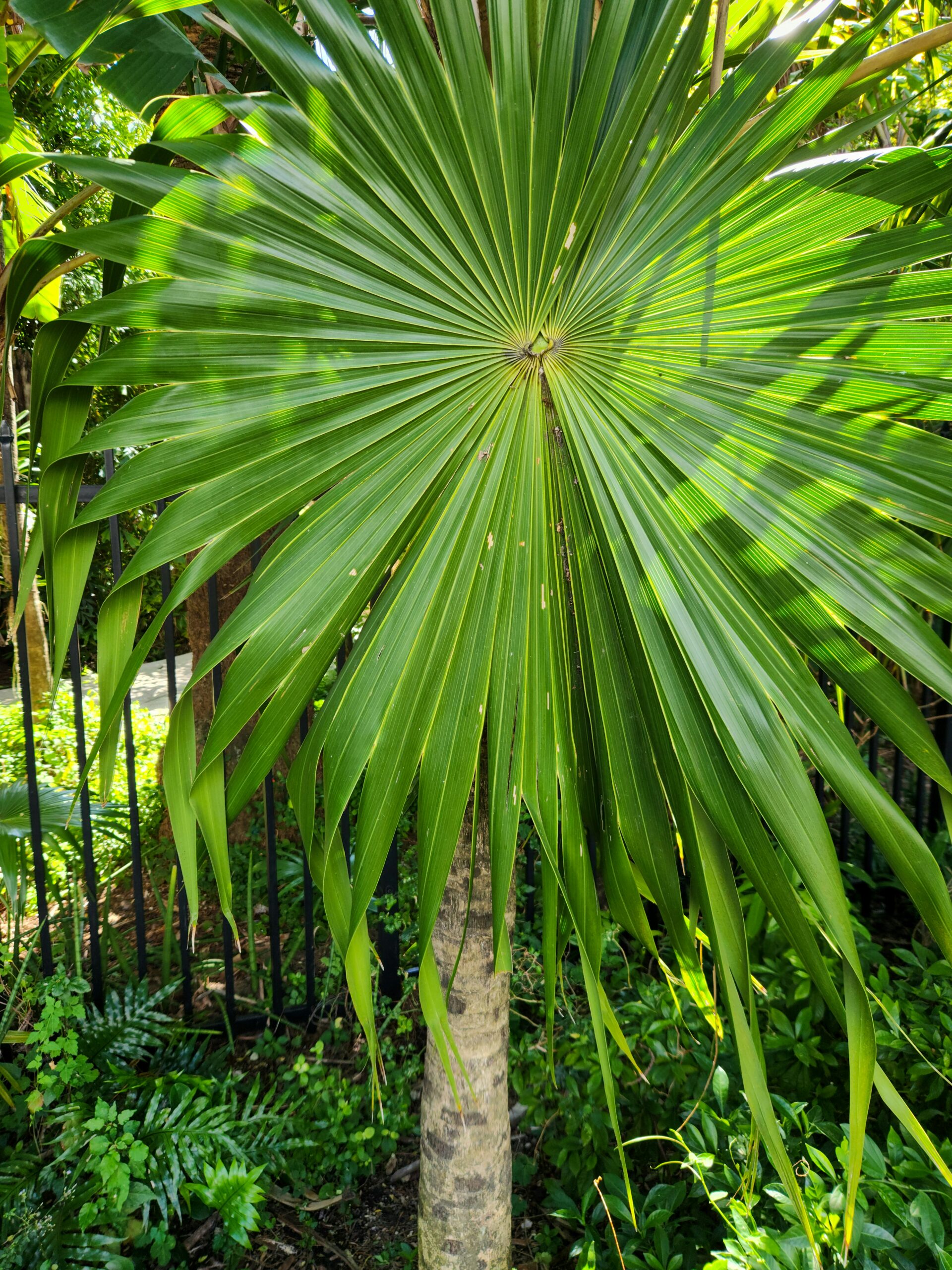
The Bamboo Palm is an excellent natural humidifier, making it ideal for dry climates. Its ability to filter benzene and trichloroethylene makes it one of the best air-purifying plants for offices and large living rooms. Plus, its tropical look adds charm to any interior.
7. Rubber Plant (Ficus elastica)

With its thick, glossy leaves, the Rubber Plant is both stylish and functional. It’s effective at absorbing formaldehyde and grows into a striking indoor tree. This plant is a great choice for people searching for indoor plants that remove toxins while doubling as statement décor.
8. Areca Palm (Dypsis lutescens)
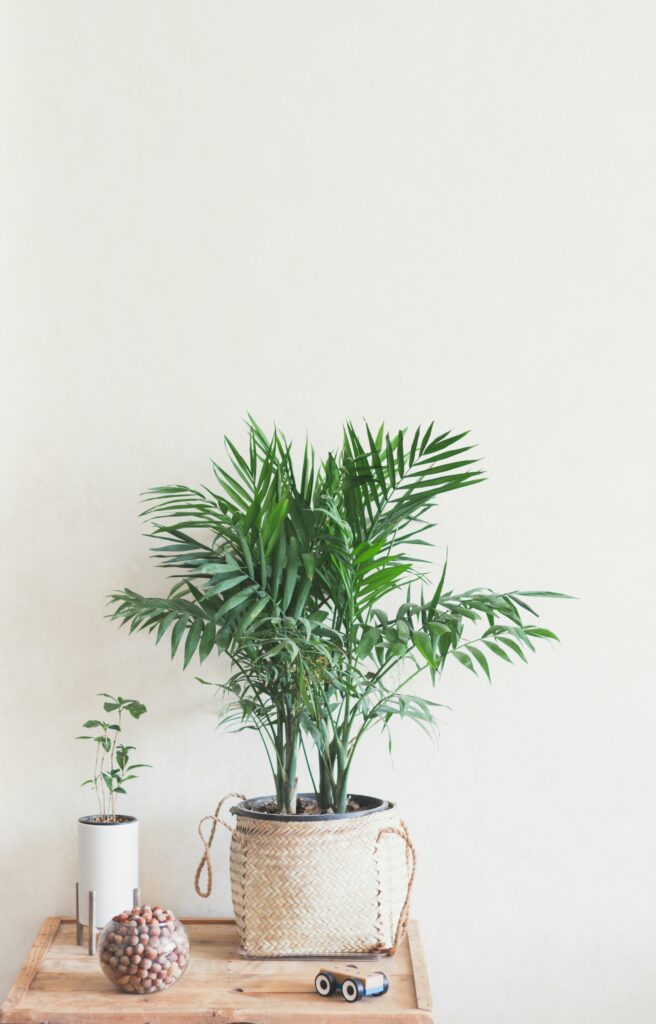
Areca Palms are known as natural humidifiers, releasing moisture into the air. They filter toluene and xylene, improving overall air quality. When grown indoors, they brighten up spaces, making them one of the most versatile plants for cleaner indoor air.
9. Chinese Evergreen (Aglaonema)
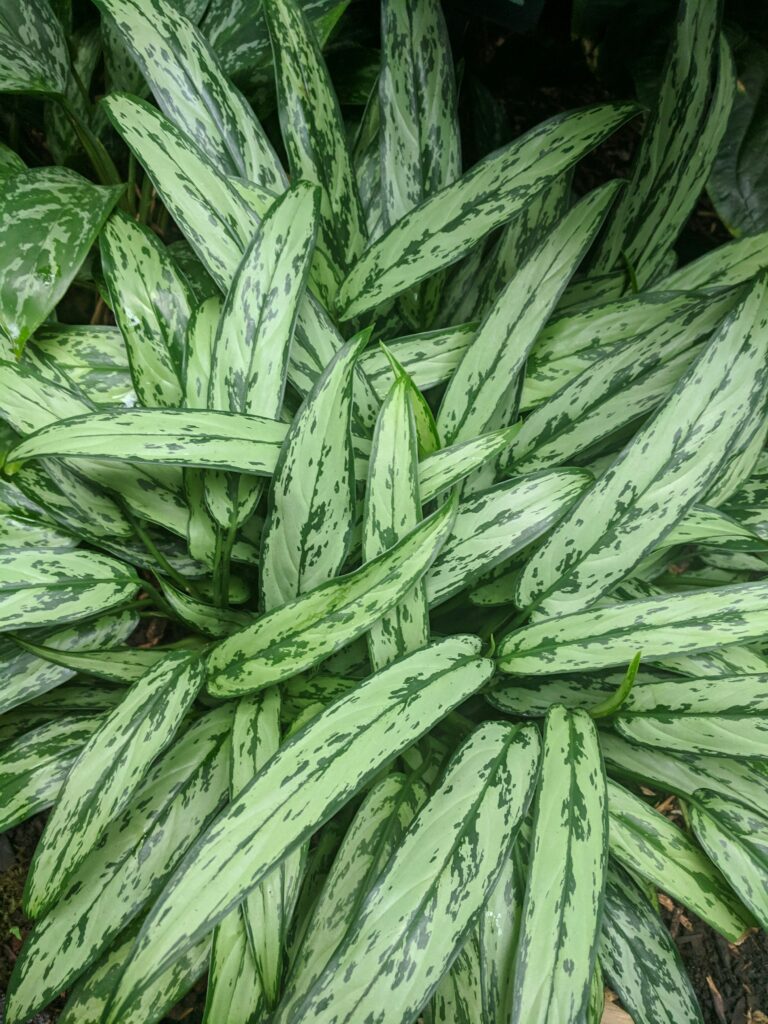
The Chinese Evergreen is low-maintenance and can tolerate low-light conditions. It removes multiple toxins, including benzene and formaldehyde. If you’re a beginner looking for air-cleaning indoor plants, this is one of the easiest to start with.
10. English Ivy (Hedera helix)

English Ivy is highly effective at reducing airborne mold and allergens, making it perfect for bathrooms and damp spaces. It’s also used to remove toxins like benzene. Its trailing vines can be grown in hanging baskets or as a climbing plant, ideal for creating green walls that purify the air.
11. Philodendron
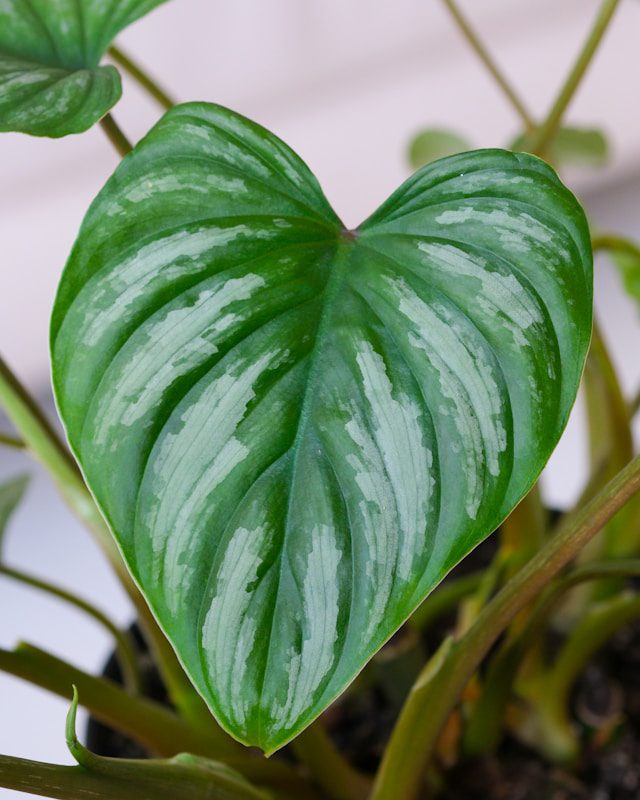
Philodendrons, especially the Heartleaf variety, are famous for their toxin-absorbing properties. They’re particularly good at removing formaldehyde and require little more than moderate light and occasional watering. This makes them one of the most popular low-care plants for indoor air quality.
12. Dracaena
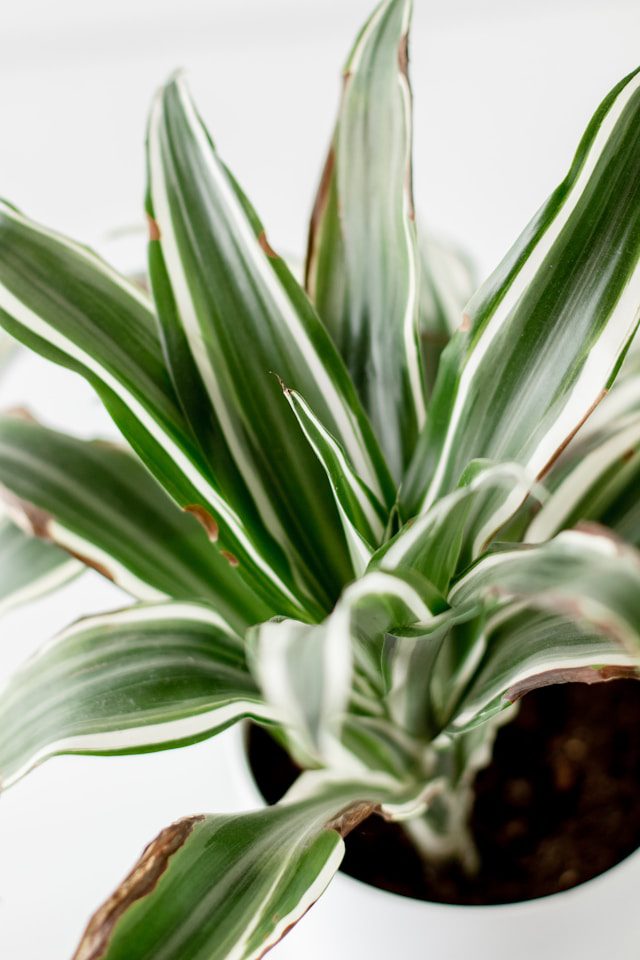
Dracaena species come in a wide range of colorful varieties. They filter trichloroethylene, benzene, and formaldehyde, but are toxic to pets, so caution is needed. Still, they remain among the top decorative air-purifying plants for stylish homes.
13. Gerbera Daisy (Gerbera jamesonii)
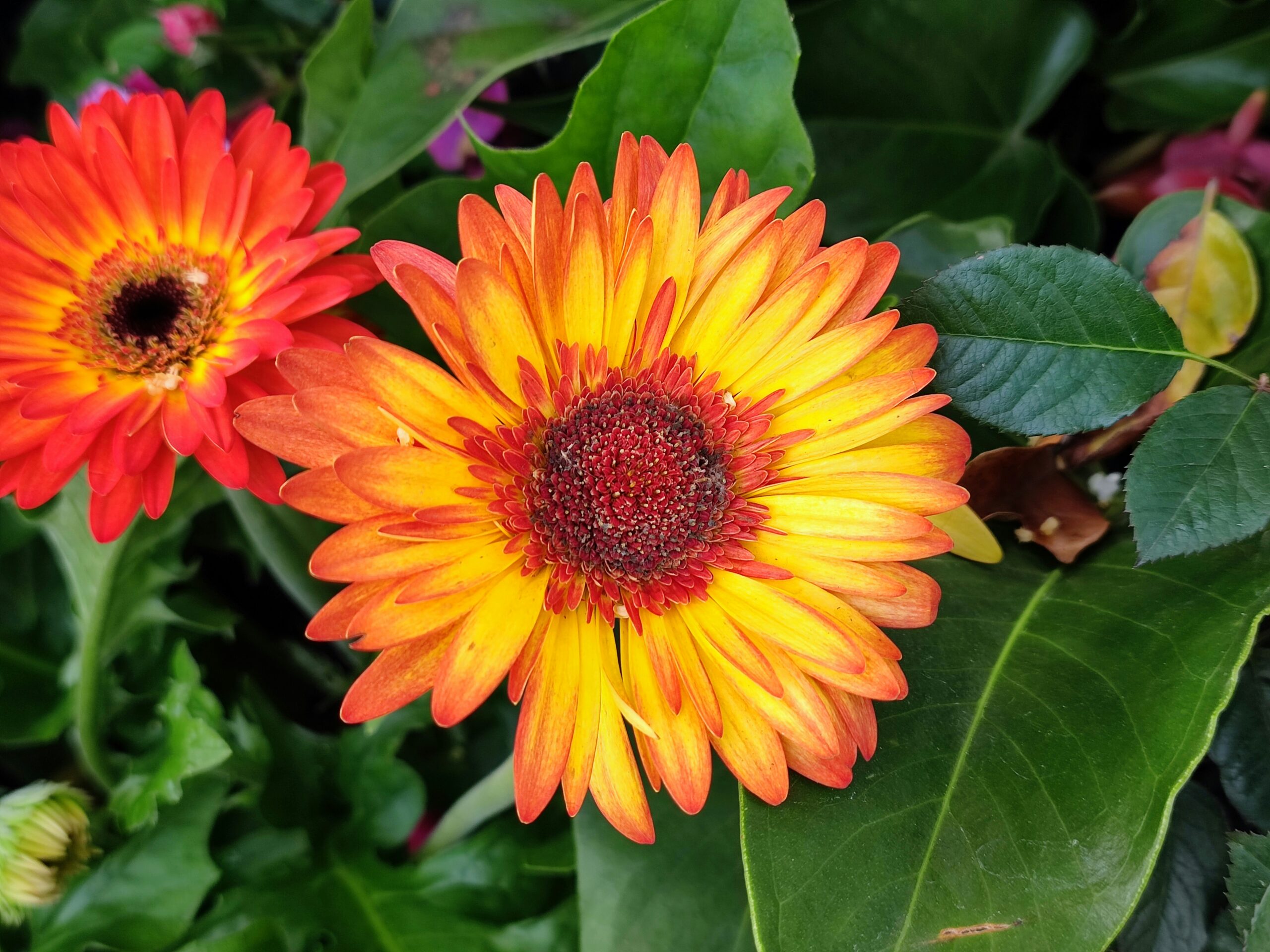
Gerbera Daisies aren’t just beautiful, they also filter trichloroethylene and benzene. With their bright blooms, they add cheer to your space while improving air quality. They thrive in sunlight, making them ideal plants that clean the air in sunny spots.
14. Lady Palm (Rhapis excelsa)
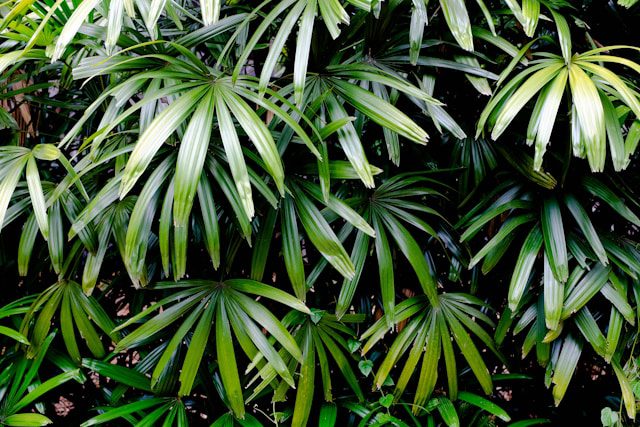
The Lady Palm is hardy and elegant, filtering out ammonia and formaldehyde. Its fan-like leaves give it a decorative touch, making it suitable for both modern and traditional interiors. Many experts consider it one of the best indoor plants for air purification.
15. Croton (Codiaeum variegatum)
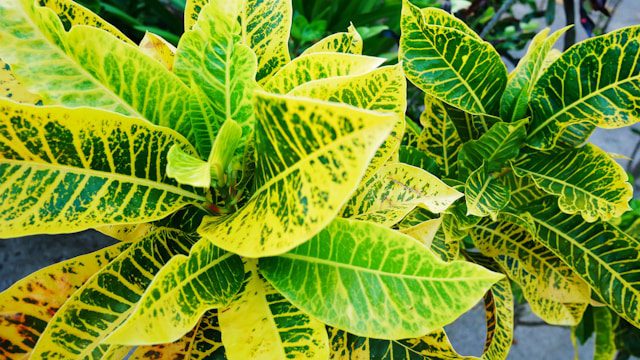
With its colorful foliage of red, yellow, and green, the Croton plant adds vibrance to indoor spaces. It also absorbs toxins, helping to maintain fresh air. This makes it a great choice for people who want ornamental plants that purify indoor air.
16. Calathea
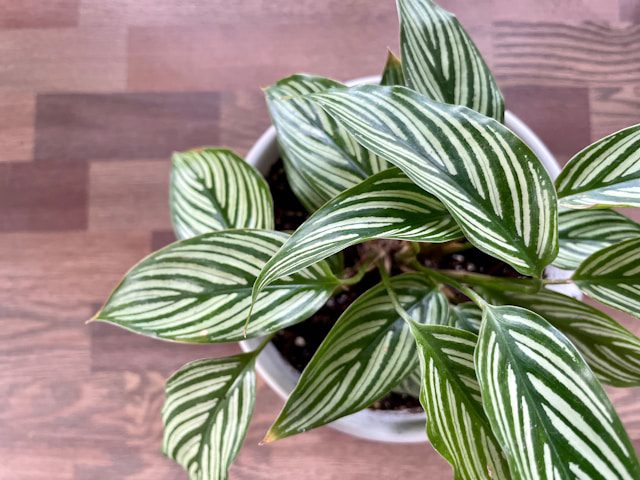
Known for their patterned leaves, Calatheas are often called Prayer Plants. They don’t just look beautiful; they also absorb toxins from indoor air. They’re a good choice if you want decorative plants that help clean the air naturally.
17. ZZ Plant (Zamioculcas zamiifolia)
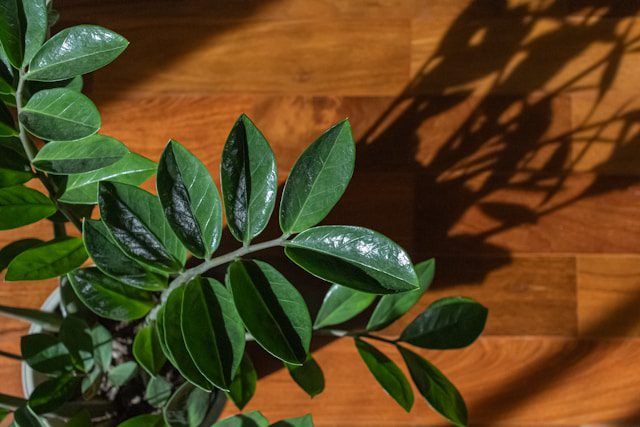
The ZZ Plant is drought-tolerant and thrives in low light, making it nearly indestructible. It filters xylene and toluene effectively. For those who want hardy air-purifying plants for beginners, this is a top pick.
How To Care For ZZ Plant Indoors
18. Parlor Palm (Chamaedorea elegans)
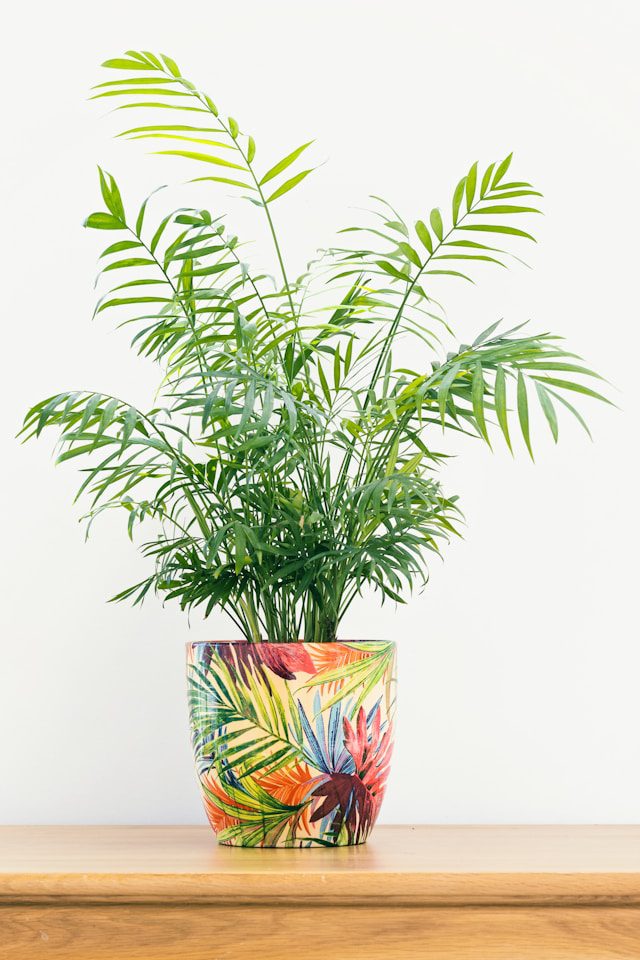
Compact and easy to care for, the Parlor Palm thrives in low-light conditions. It absorbs pollutants and adds a touch of elegance, perfect for small apartments. It’s considered one of the most reliable air-cleaning houseplants for small spaces.
19. Pothos (Epipremnum aureum)
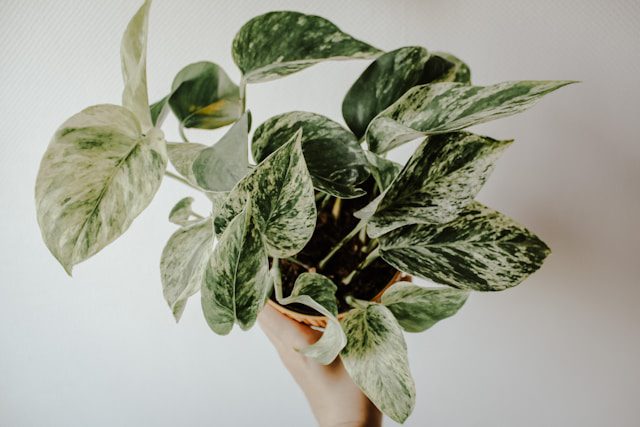
Golden Pothos, also known as Devil’s Ivy, is famous for being easy to grow in water or soil. It filters benzene, xylene, and formaldehyde effectively. Its trailing vines make it a versatile option for hanging baskets or tabletop pots. It’s often listed as one of the best plants to improve indoor air quality fast.
20. Flamingo Lily (Anthurium andraeanum)
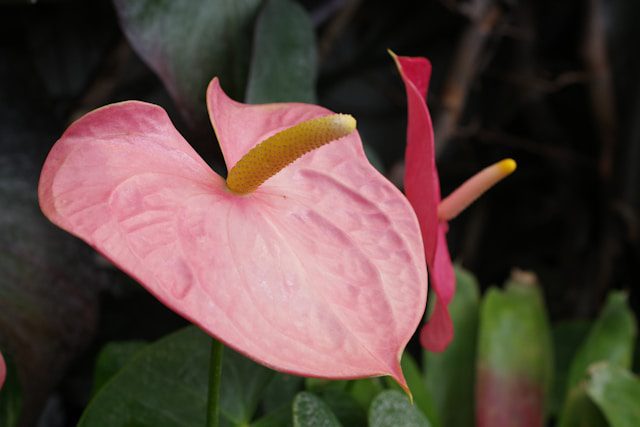
With its striking red flowers, the Flamingo Lily adds beauty and cleans the air at the same time. It targets ammonia, xylene, and toluene, making it one of the most effective ornamental plants for indoor air purification.
Indoor Plants You Can Grow From Seeds
Why You Should Add Air-Purifying Plants to Your Home
Besides their obvious beauty, air-purifying plants offer benefits beyond detoxifying your space:
- They reduce stress and improve mental well-being.
- They act as natural humidifiers, easing dry skin and breathing issues.
- They boost focus and productivity, making them ideal for workspaces.
- They enhance décor while contributing to a cleaner, healthier home.
Whether you’re struggling with poor ventilation, allergies, or simply want to bring nature indoors, indoor plants that purify the air are an affordable and sustainable solution.
How To Remove Snake Plant Pups
Final Thoughts
The best air-purifying plants listed above are more than just houseplants, they are natural allies for your health. From hardy plants like Snake Plant and ZZ Plant to decorative ones like Peace Lily and Anthurium, each brings unique benefits. Start by introducing one or two into your space, and you’ll quickly notice fresher, cleaner air and a more vibrant living environment.
Bringing nature indoors isn’t just about aesthetics; it’s about creating a healthier lifestyle. Choose from these best indoor plants for clean air, and let your home or office breathe better every day.
Frequently Asked Questions (FAQs)
1. What are air-purifying plants?
Air-purifying plants are indoor plants that naturally filter harmful toxins such as formaldehyde, benzene, and trichloroethylene from the air. They improve indoor air quality while also adding beauty and reducing stress.
2. Do air-purifying plants really work?
Yes, studies such as NASA’s Clean Air Study confirm that certain plants help reduce indoor pollutants. While they may not completely replace air purifiers, they significantly contribute to cleaner and fresher air indoors.
3. Which are the best air-purifying plants for bedrooms?
The Snake Plant, Peace Lily, and Aloe Vera are some of the best bedroom air-purifying plants. They improve air quality and, in the case of the Snake Plant, release oxygen at night for better sleep.
4. Are air-purifying plants safe for pets?
Not all air-purifying plants are pet-friendly. Plants like Peace Lily, Philodendron, and Dracaena can be toxic to cats and dogs if ingested. If you have pets, opt for safer options such as Spider Plant, Areca Palm, or Boston Fern.
5. How many air-purifying plants do I need in a room?
For noticeable benefits, NASA suggests at least one plant per 100 square feet. That means having 2–3 medium-sized plants in an average-sized living room can help improve indoor air quality.
6. Which air-purifying plants are easiest to maintain?
Low-maintenance choices include Snake Plant, ZZ Plant, and Pothos. These plants tolerate low light and require minimal watering, making them perfect for beginners.
7. Do air-purifying plants help with allergies?
Yes, some air-purifying plants like Boston Fern, Peace Lily, and English Ivy can reduce dust, mold, and airborne particles, helping ease allergy symptoms. However, people allergic to pollen should choose non-flowering varieties.
8. Can air-purifying plants replace air purifiers?
While air-purifying indoor plants remove toxins and improve humidity, they should not completely replace mechanical air purifiers, especially in highly polluted environments. Instead, they work best as a natural complement to other purification methods.
9. Do air-purifying plants need a lot of sunlight?
Not all of them. While Aloe Vera and Gerbera Daisy love bright light, plants like Snake Plant, ZZ Plant, and Chinese Evergreen thrive in low-light conditions, making them suitable for different indoor spaces.
10. Where should I place air-purifying plants in my home?
Place them in areas where you spend the most time, such as bedrooms, living rooms, or home offices. Bathrooms are also ideal for moisture-loving plants like Boston Fern and Peace Lily.
